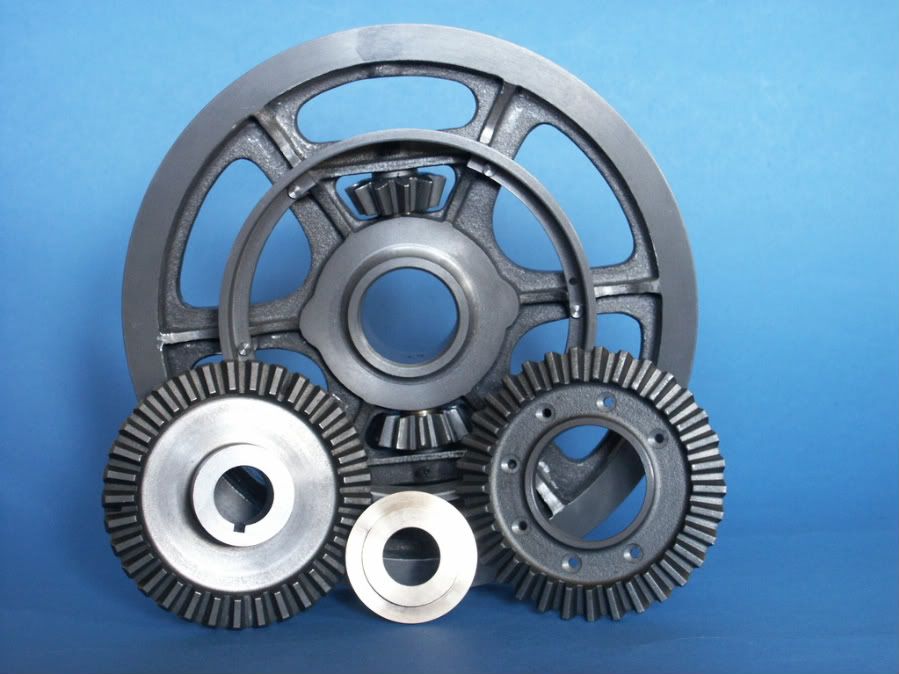I was looking through my 3D models, and wondering if any of them would be a good application for the lost-PLA process.
I can cast pretty much anything I need, in gray iron, using resin-bound sand, and cores of the same material, but there is one item that I recall now that I really need to use the lost-PLA process for, and that is the Frisco Standard (JasonB 3D-generated) helical gears.
I 3D printed these gears that Jason designed, and they mesh perfectly.
My thoughts were to print them cored out, so that after ramming the mold, the the core could be removed, and then a heat gun could be used to soften the remaining rim with the gear teeth, perhaps easing out one tooth at a time.
The intent is not to melt out the PLA, but rather just get it soft enough to allow extraction from the sand without damaging the teeth in the sand mold.
With mold coat, and bound sand, these gears should be usable without modification after casting, after the hole in the center is machined.
I will have to check and see what size gears I actually need for the Frisco Standard I am planning on casting.
I just picked a random size to 3D print these, as I recall.
In my opinion, this will be the acid test of how good the lost-PLA process may be, or how bad it may be.
This is the one item where I have to try some intermediate step towards investment casting, so here we go.
I have never increased the resin density beyond what the instructions recommend, but should this attempt fail, I may try increasing the amount of resin, to create a harder mold.





















![MeshMagic 3D Free 3D Modeling Software [Download]](https://m.media-amazon.com/images/I/B1U+p8ewjGS._SL500_.png)






















![DreamPlan Home Design and Landscaping Software Free for Windows [PC Download]](https://m.media-amazon.com/images/I/51kvZH2dVLL._SL500_.jpg)




























